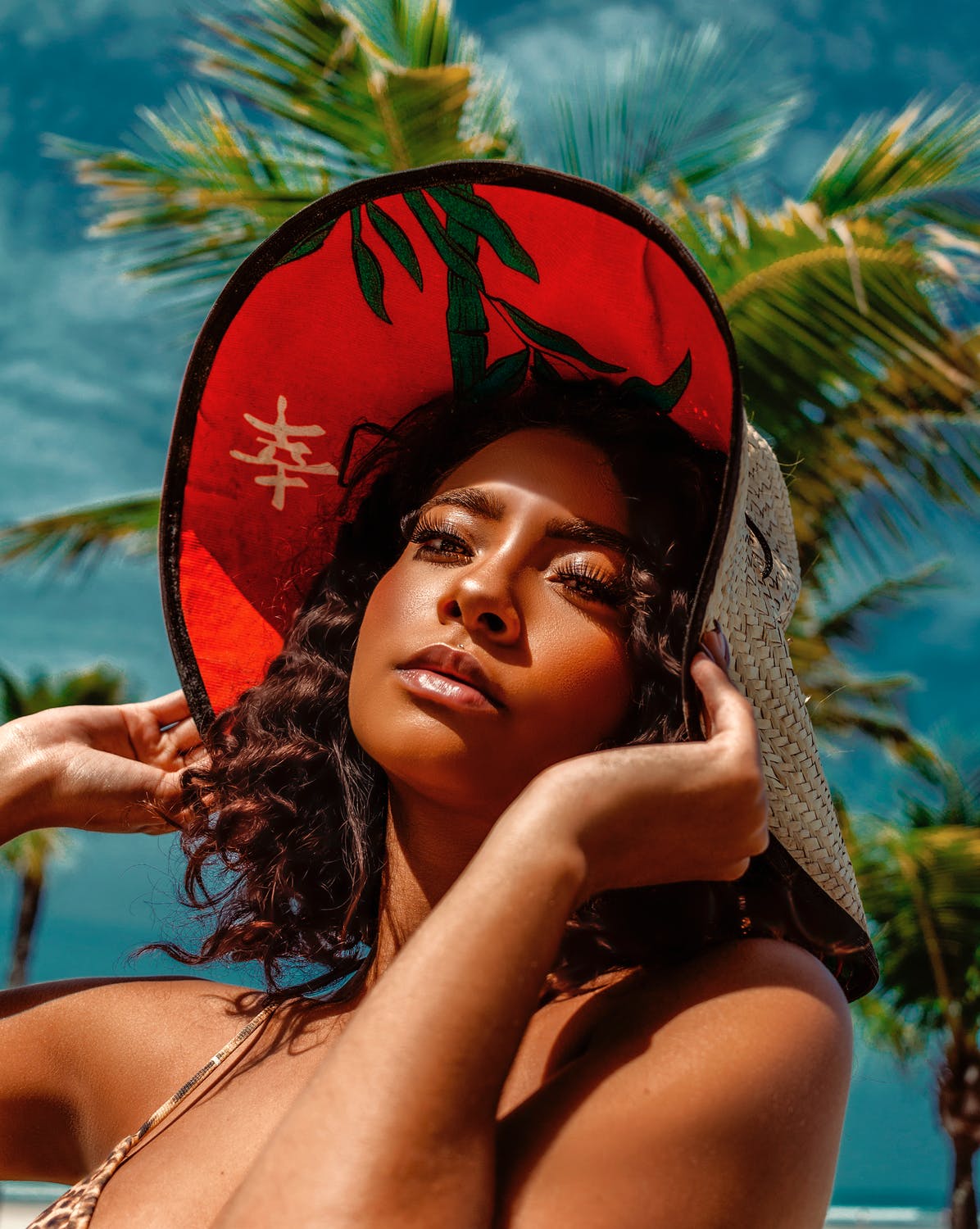When shooting photographs in the midday sun, you'll have to deal with some of the most challenging situations imaginable. Because sunshine is not always a photographer's best friend, it generally works to our disadvantage since it provides too much light for us to utilize the precise camera settings we desire.
The intense sunlight at midday might be tricky to achieve the correct exposure. When the sun is at its highest point in the sky, photos are difficult to expose correctly because of harsh shadows and bright highlights, resulting in severely washed-out places or contrast issues. Use these suggestions to assist in getting great shots at the crack of noon.
Purchase a Diffuser
If you have access to a diffuser that may be used outside, you'll get some fantastic effects when the mid-day sun is out. Place the diffuser between the subject and the sun (but not within the frame), which will soften the intense direct light, reducing glare.
Incorporate Harsh Shadows into Your Portraits for Dramatic Effect
In portrait photography, the midday sun is challenging since the eyebrows and forehead produce harsh shadows over the subject's eye sockets, which are unattractive in a portrait photo. To improve your outcomes, wait until the sun is lower in the sky.
Place Subjects within Shadow
If you must capture a portrait photograph at this time of day, place the subject in a shaded location and use a fill flash. Just ensure the background is darkened as well, or you'll wind up with an incorrectly exposed photo since the camera will attempt to expose the bright area behind the subject rather than the subject themselves.
Or…use no shadows at all:
Look for photographs where the problems caused by the midday sun will be unnoticeable. You'll avoid some of the harsh shadows if you're in an area with no trees or buildings nearby, for example. Frame the picture to eliminate the shadows from it. Even if they're there, it won't matter if you can't see them within your frame.
Related article: Photography Composition Techniques
The Sun and Water are Friends
Around a large body of water is a fantastic location to shoot photographs in the noon sun. You won't have shadows from trees or the pale color of beach sand washing your picture out, and the bright blue of a lake or ocean will not be overly damaged from the intense rays.
It's all about the angle (of the sun)
Depending on where you live on Earth and the season, a noon sun may have a lesser influence. For example, in the United States, northern regions experience a lower sun angle during the winter.
In the Northern Hemisphere, the sun is also at a steeper angle in the middle of the day. If you must capture a midday shot, keep this in mind because certain times of year will benefit your photography.
Try Out Some Filters
Finally, if you're using a Mirrorless camera or a DSLR camera, you may try covering the lens with a filter to reduce the harsh areas produced by the midday sun. A polarizing filter is handy in this case, and neutral density (NDs) are helpful to lower the exposure of a bright image in general.
Related article: Camera Settings for Bright Sunlight
Related article: Camera Settings for Sunset
Related article: What is Saturation in Photography
Related article: Golden Hour - The Key to Better Golden Hour Photography












